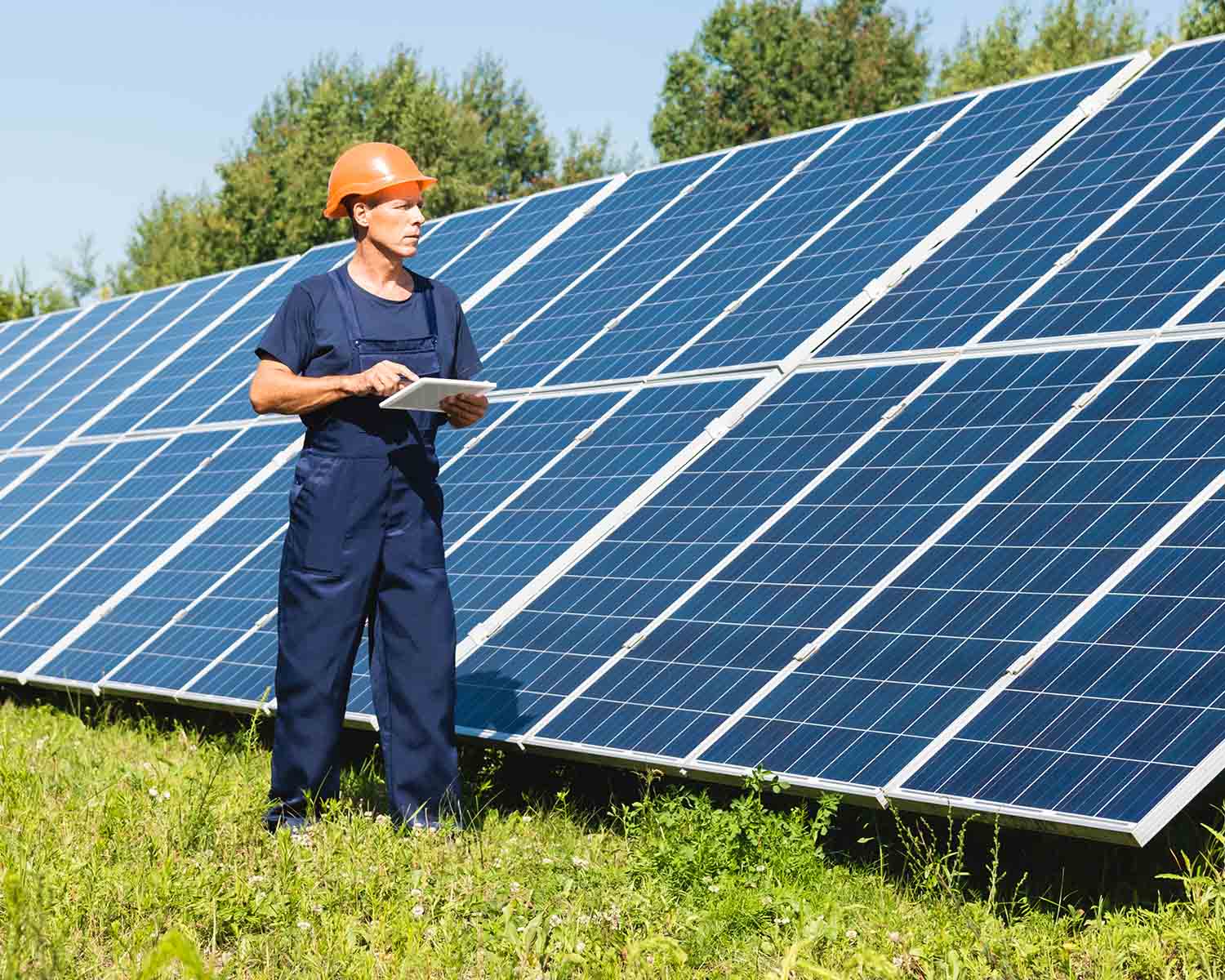As you already know, the sun offers an abundant supply of energy for those who tap into its power supply.
And solar energy is becoming increasingly affordable and available across the U.S.
The industry continues to increase solar capacity, with installations skyrocketing by 43% per year and adding more than 19.2 gigawatts in 2020 alone.
At current capacity levels, solar energy could power nearly 18 million homes in America.
Most people who install solar panels tap into their district’s power grid, but as COVID has shown us, it’s possible to detach from the grid entirely.
With remote work available and more people seeking self-sufficiency, we can live in remote locations and be entirely energy independent with an off-grid solar system.
What Is an Off-Grid Solar System?
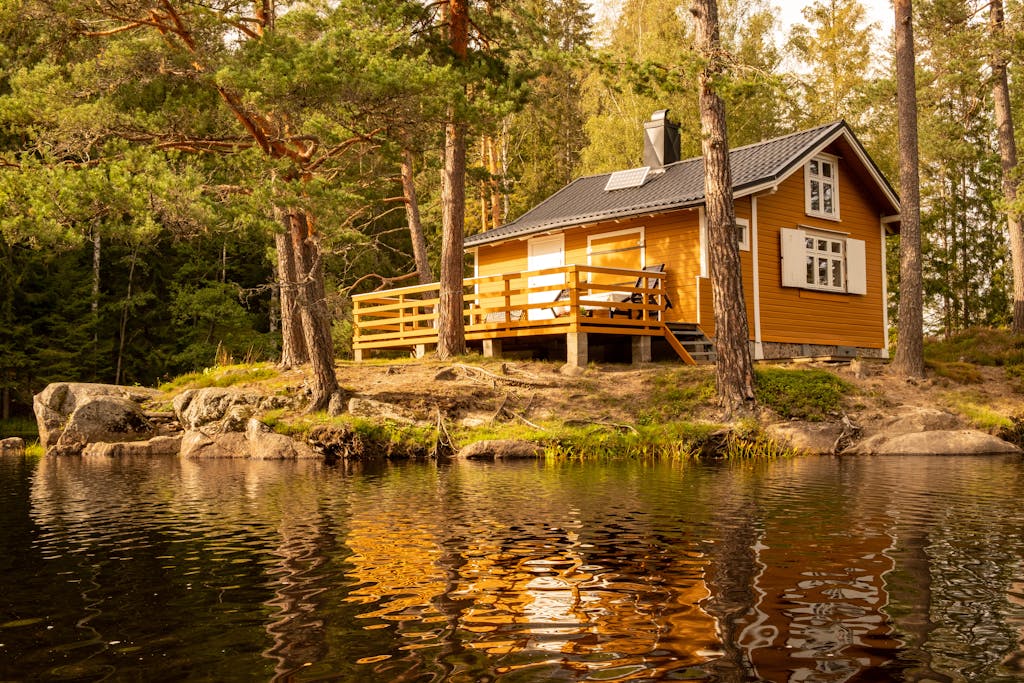
If you live off the grid, it implies that you are entirely autonomous.
However, you can incorporate certain aspects of off-grid living into a residential home without going all out.
With off-grid solar, you obtain your home’s power supply from the sun with the help of solar panels, batteries, and inverters.
You aren’t dependent upon your local utility company to provide your home’s electricity. But this isn’t the only thing that answers what off-grid vs. on-grid solar systems is.
Differences Between Off- and On-Grid Systems
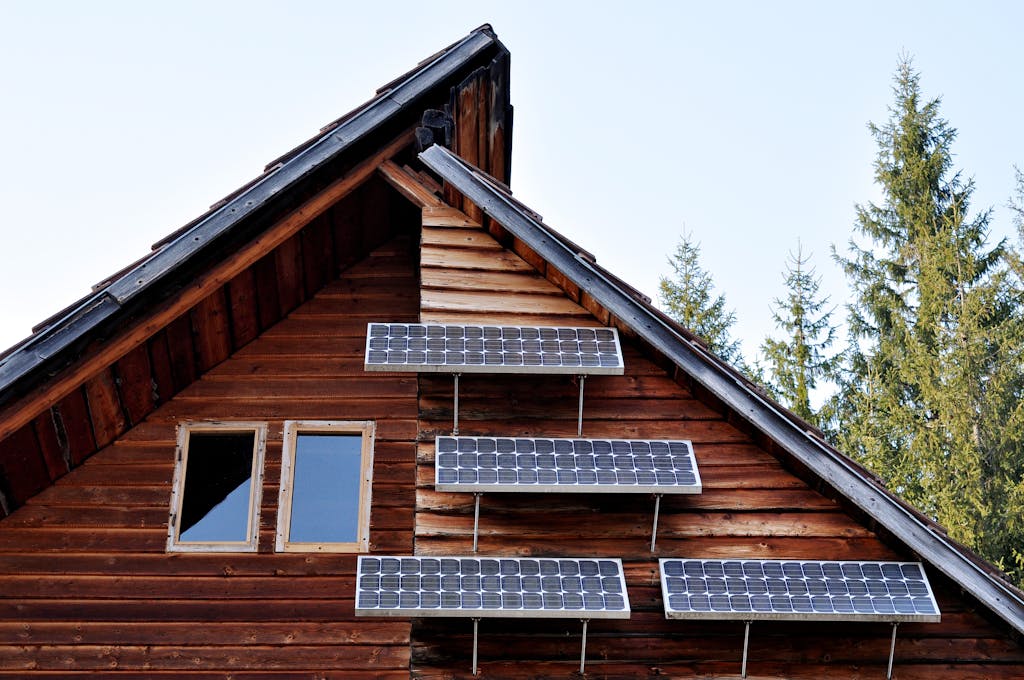
When answering the question, “What is meant by off-grid solar systems?” it helps to examine the differences between on- and off-grid systems.
Looking at these differences provides a clearer idea about what an off-grid system entails:
Energy Access
- The main difference between the two systems is how reliant you are on your utility company.
- With an off-grid system, your setup is entirely independent. Sunlight and batteries are your only sources of power.
- On-grid setups are still hooked into the local grid, so if your system can’t generate enough electricity to operate your household — you pull energy from the utility grid.
Excess Energy Production
- Often, solar panels pull in more energy than is needed to supply your home with electricity.
- If you have an off-grid system, the excess energy produced is stored in a battery bank.
- When you aren’t connected to the grid, you need this extra energy to power your home on cloudy days and after dark. Your system needs to be big enough to capture more energy than you need when the sun is shining.
- With an on-grid system, the excess is usually sent to the grid.
- You’re given credit for the amount of excess energy your system produces, and you draw down on those credits when your system doesn’t supply you with enough electricity.
Power Outages
- If you live in an area where power outages occur due to excess heat or storms, you know what it’s like to go without electricity, fumbling in the dark until the grid is restored.
- With off-grid solar systems, these outages won’t impact you.
- Unfortunately, grid-linked systems are still affected by power outages because they’re required to have rapid shutdown capabilities to ensure power line workers’ safety.
Electric Bills
- If you aren’t connected to the grid, you won’t receive an electric bill.
- On-grid system users still receive a bill from the power company.
- Usually, homeowners still incur nominal charges — even if their homes are 100% solar-powered — just to connect to the grid.
The Benefits of Off-Grid Solar
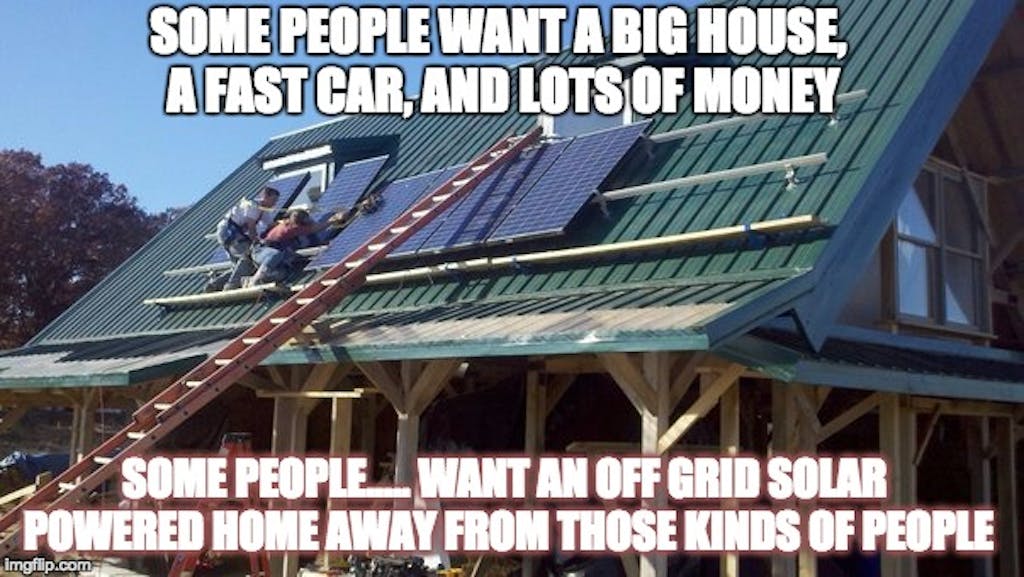
Solar energy is great for your wallet, perfect for your off-grid energy needs, and good for the environment.
Currently, electricity generation is responsible for 28% of the United States’ greenhouse gas emissions, and 82% are carbon dioxide gases.
Solar significantly reduces your environmental footprint by supplying you with an emissions-free and clean energy source.
Installing an off-grid solar system requires an upfront investment, but it saves you money on your electric bill over the long term.
The amount you save depends on factors, such as where you live, how much sunlight hits your solar panels, and what your local utility company charges for electricity.
Most people find that they can save anywhere from $10,000 to $30,000 over their solar system’s life cycle.
How Does an Off-Grid Solar System Work?

Aside from the solar panels, the most critical component to a fully functioning off-grid solar system is the battery bank.
Since the home’s electricity is entirely independent of a utility company, the autonomous system relies on stored power when the solar panels cannot take in enough solar energy to supply household needs.
You need sufficient solar panels to power your home in an off-grid system while also sending excess energy to the batteries.
After the sun goes down or on cloudy days, you’ll draw power from the batteries.
So, you also need a large enough battery bank to store the energy you need to operate electric appliances, lights, and technology.
What Is Needed for an Off-Grid Solar System?
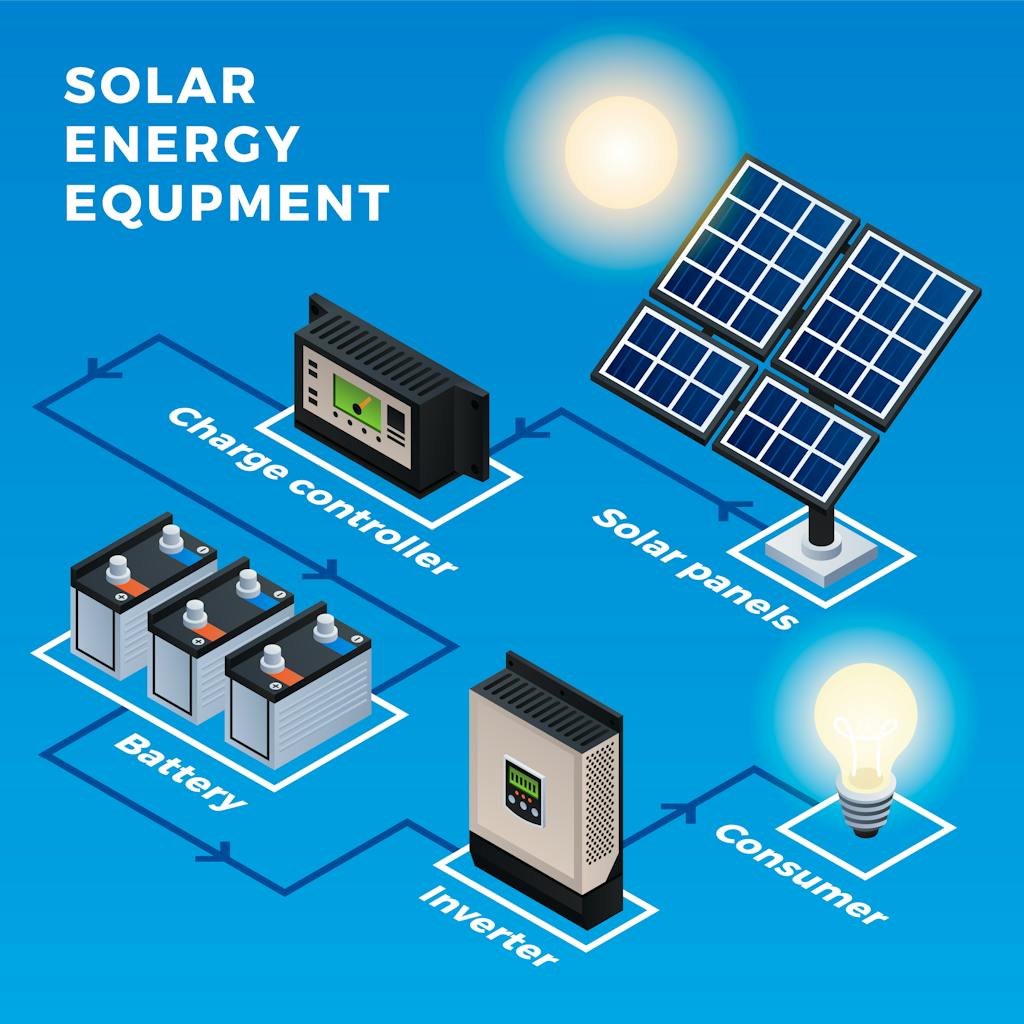
Let’s look at an off-grid solar power system in terms of the individual components you need to make it work.
These systems require these four primary components to function:
#1: Solar Panels
Most off-grid systems use monocrystalline solar panels.
These provide more efficient power than the polycrystalline panels, which is essential when you are off-grid.
The number of panels you need depends on what the electricity load and usage are in your home.
#2: Charge Controller
The charge controller is critical in keeping your batteries sufficiently charged without overloading them.
The controller adjusts the flow of energy between the panels and the batteries.
A maximum power point tracking controller is more reliable than a pulse width modulation controller in preventing battery overload.
#3: Inverter
An inverter is necessary to convert the DC power stored in the batteries into your home’s AC power.
You need to make sure you get one large enough to handle the peak electricity load in your home.
#4: Batteries
Batteries are essential in an off-grid system.
You’ll need enough of them to store a sufficient amount of electricity.
The most efficient and safest type of battery for off-grid solar is the lithium-ion phosphate battery. They also allow you to expand your battery bank without compromising its integrity.
Where Can You Get Everything You Need for Off-Grid Solar?
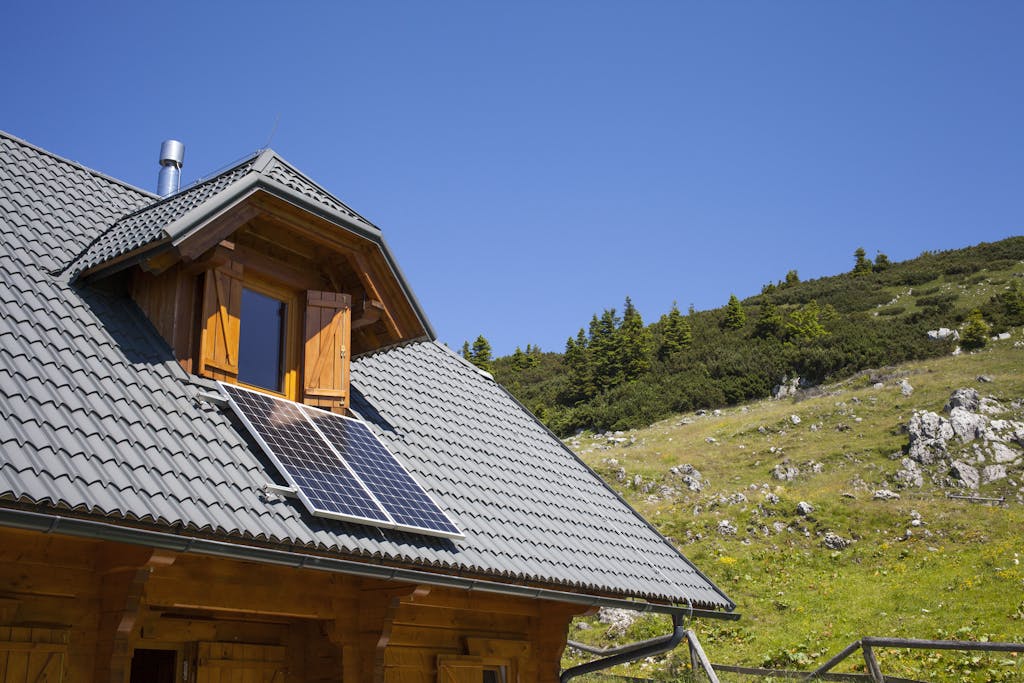
Unbound Solar has everything you need for your home’s off-grid solar system. We offer complete kits to meet your needs and your situation.
These kits come pre-wired, making installation a breeze.
We also have all of the individual components you’ll need to build the off-grid system you desire.
Together, we will handle all of your installation labor and requirements with free lifetime support.
Contact us at 1-800-472-1142.
We’re ready to help you achieve energy independence on your terms!

